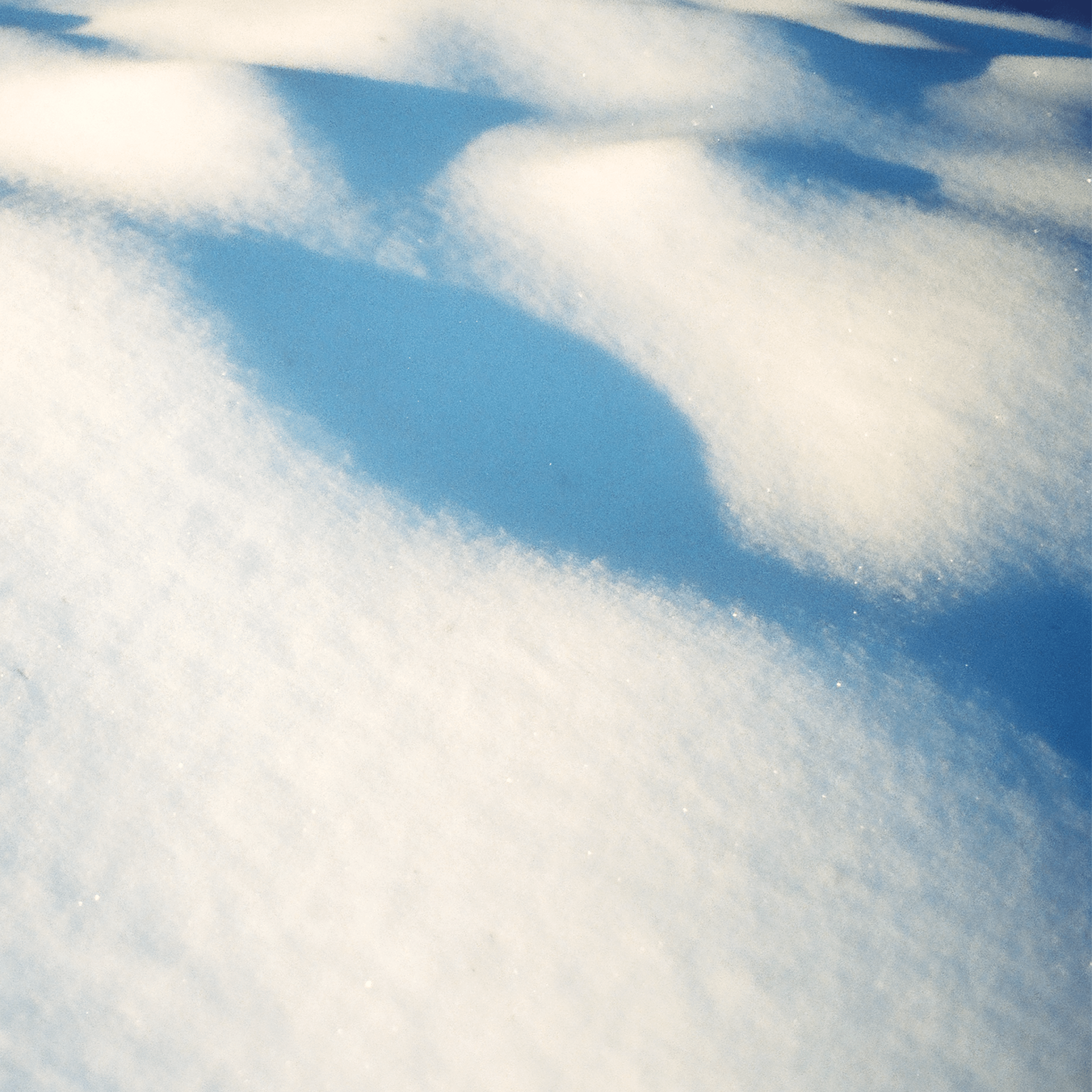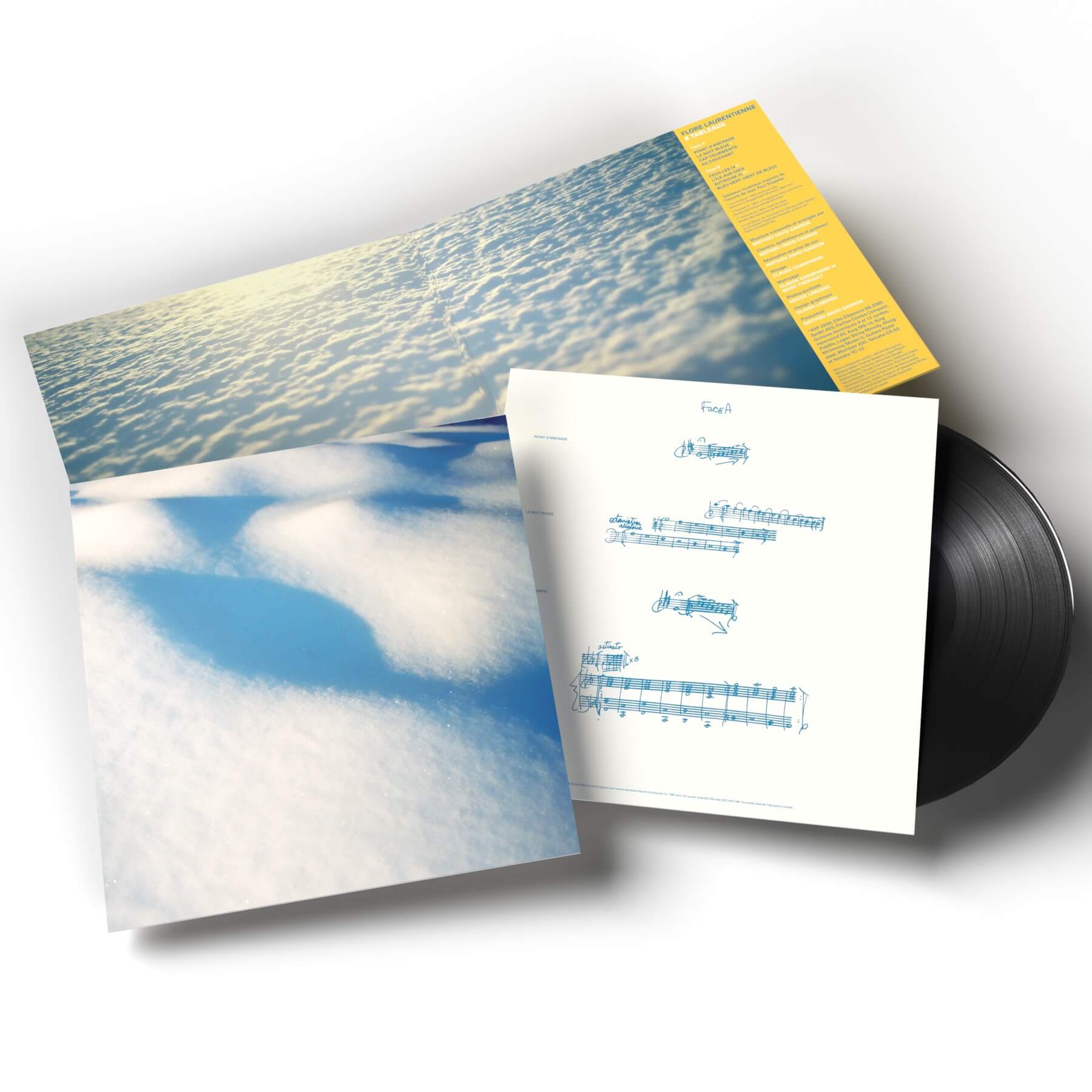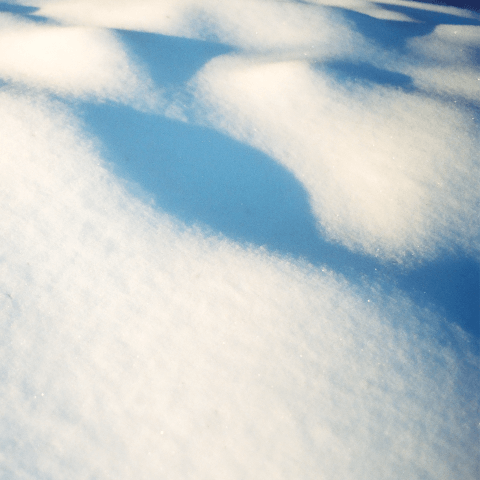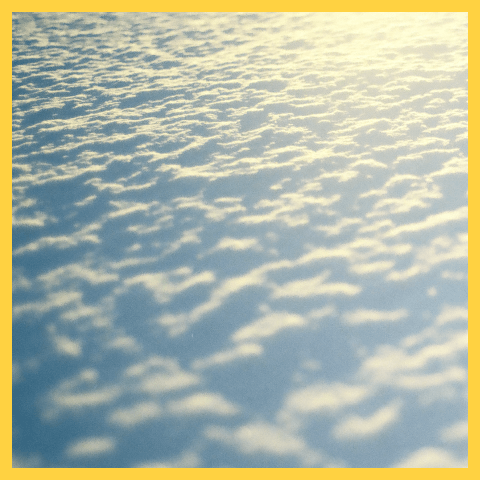8 tableaux
| 1. | Point d'ancrage |
| 2. | La nuit bleue |
| 3. | Cap-Tourmente |
| 4. | Au couchant |
| 5. | Feuilles IV |
| 6. | L'île-aux-Oies |
| 7. | Autriche III |
| 8. | Bleu-vert (Vert de bleu) |
With 8 tableaux, Flore Laurentienne tried to give musical form to a painting. Music is an art that takes place over time. Painting is a freeze-frame at a precise moment in the painter’s creative flow.
So how do you combine these two art forms? Do you have to stop time? How do you stop time in music?
By basing the structure of the pieces on cycles that recur again and again, we can make the listener believe that the music was there before, and that it will also be there afterwards. With no beginning and no end, all that’s left is this musical freeze-frame.
In taking this approach, it became clear to him that music and painting both appeal to contemplation.
Another concept he worked on for this record is the notion of randomness in music. Riopelle is often associated with the Automatist movement. For Flore, his major works from the 50s are more reminiscent of romantic abstraction or even a great organic and organized chaos (a link to be made with nature here). It was on the basis of this reflection that he tried to integrate the notion of controlled chance or, rather, of chaos filtered through emotion.



